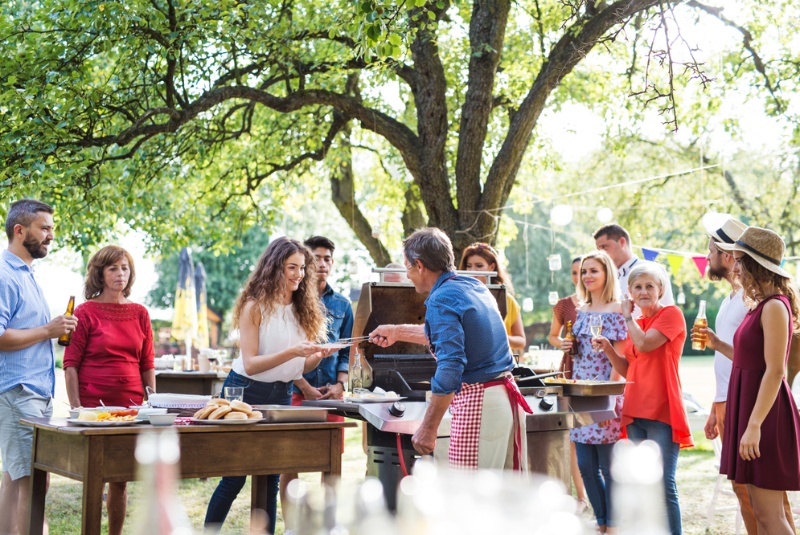Delving into the world of homemade beverages is a rewarding hobby that brings you closer to the true craft of traditional brewing and winemaking. Brewing your own beer and making your own wine offers a unique blend of science, creativity, and artistry – all bundled up in the promise of a flavorful payoff.
Beer brewing is a historic tradition with roots in the very beginnings of civilization, whereas wine making echoes back to an equally ancient past. It’s a mesmerizing process of transformation, turning simple ingredients into complex, flavorsome concoctions.
Let’s first tackle brewing your own beer. The fundamental ingredients are simple: malted barley, hops, water, and yeast. These humble ingredients create an array of beers with countless tastes and aromas, from a crisp pilsner to a rich stout.
To begin brewing, malted barley is steeped in hot water to activate enzymes that convert the grain’s starches into fermentable sugars. This sugary liquid, known as ‘wort,’ is then boiled with hops, imparting a characteristic bitterness and preserving the brew. Post boiling, the wort is cooled and transferred to a fermenting vessel, where yeast is added. Yeast ferments the sugars into alcohol and CO2, creating beer. This process typically takes one to two weeks, followed by another week or two for bottle conditioning.

Home brewing requires a few essential pieces of equipment: a brewing kettle, fermenting vessel, airlock, hydrometer, and a thermometer. Additionally, sanitation products are crucial to ensure that only your chosen yeast strain is fermenting your beer.
Now, let’s switch gears to winemaking. The process differs slightly from beer brewing, but the same principles of fermentation apply. Winemaking involves the fermentation of grape juice or must (crushed grapes), usually with the addition of yeast. Grapes naturally contain sugars and yeast on their skins, making them ideally suited for fermentation.
After harvesting, the grapes are crushed to release their juice. In the case of red wine, the skins are left in the juice to impart color and tannins. The yeast is then added to this mixture, called ‘must,’ initiating the fermentation process. The yeast converts the sugars present in the grape juice into alcohol and CO2, crafting wine.
Key equipment for winemaking includes a primary fermentation vessel (such as a bucket), a secondary fermentation vessel (like a glass carboy), a siphon tube, and wine bottles with corks or screw caps for storage.
Creating your own beverages at home allows you to customize and experiment with flavors, creating a product that is entirely your own. For beer, you can experiment with different types of malt, hops, and yeast strains, while adding spices, fruit, or other flavorings can bring another layer of complexity. In winemaking, you can experiment with different grape varieties or blending, as well as playing with fermentation temperature, time, and oak aging.
Remember that both processes require patience, experimentation, and a meticulous approach to cleanliness. It’s important to keep in mind that not every batch will be perfect, but each one is a learning experience that brings you one step closer to perfecting your craft.
Brewing beer or crafting wine at home is more than just a hobby. It’s a journey into an age-old tradition of patience, craft, and creativity. By crafting your own beverages, you’re participating in a centuries-old tradition that has brought people together, fostered community, and resulted in some truly spectacular flavors. It’s an exciting venture, one sip at a time.




